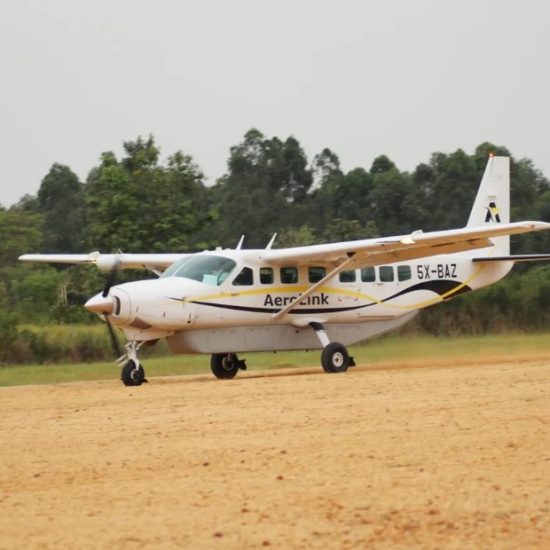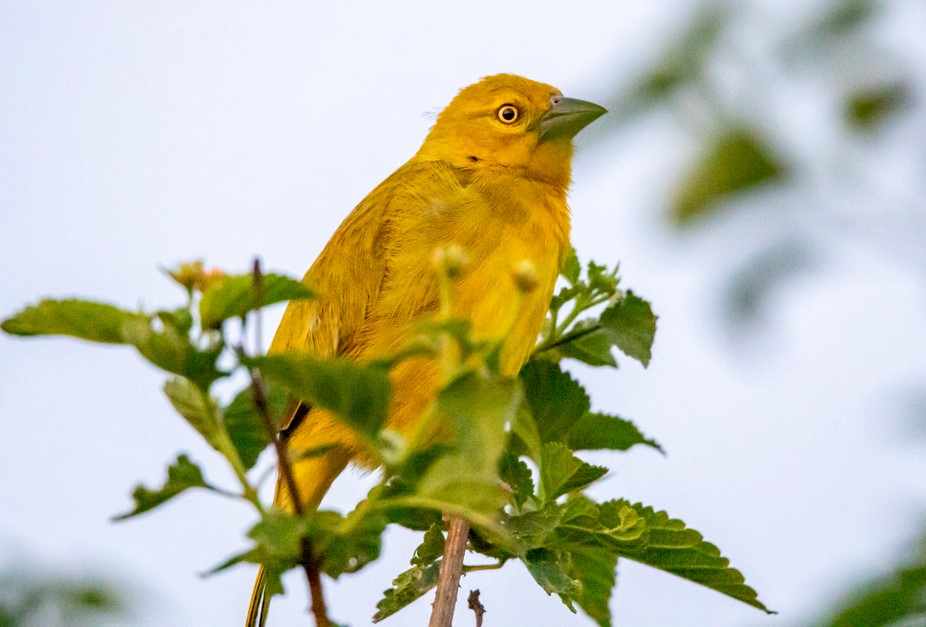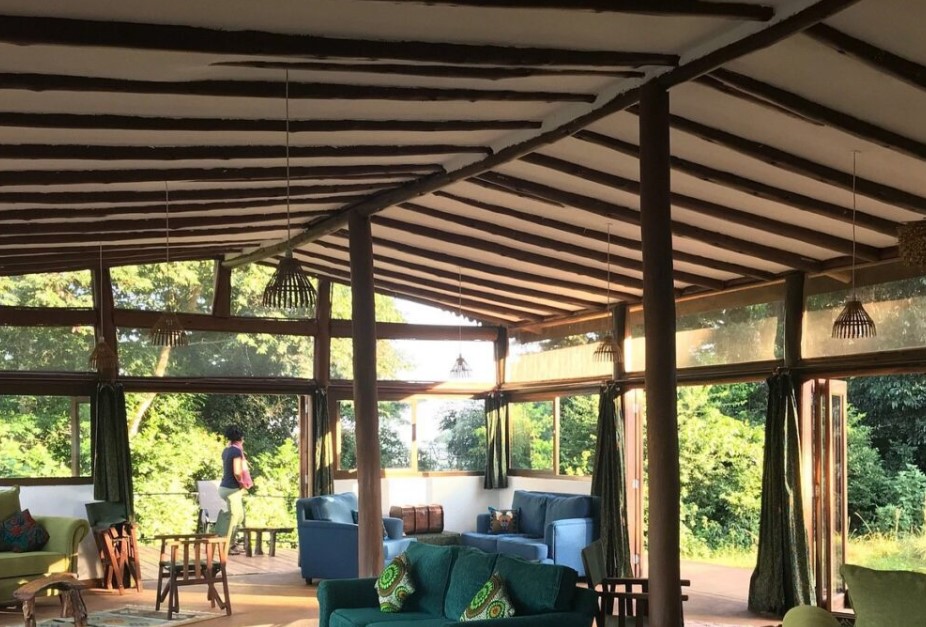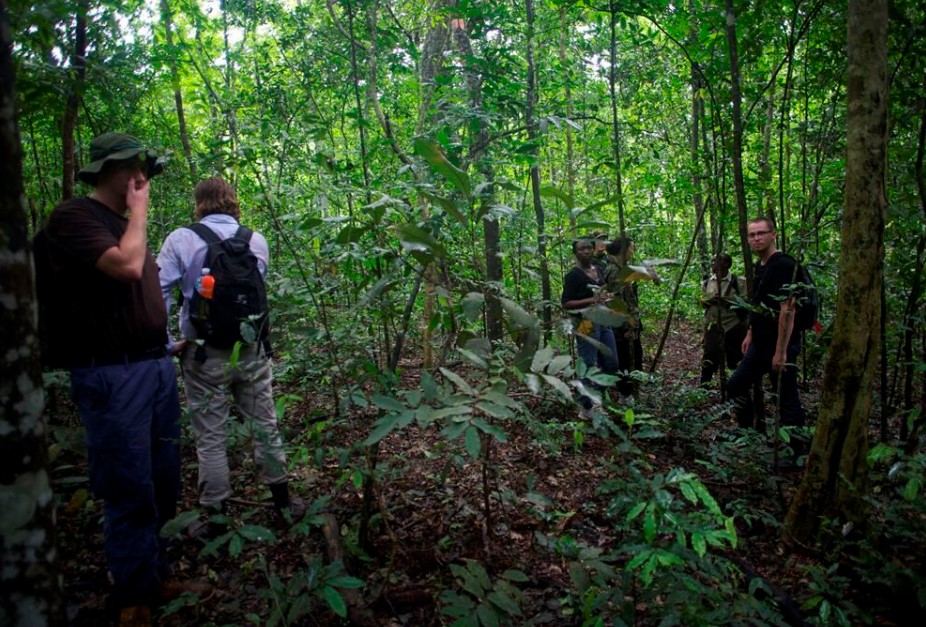
The Mighty Queen Elizabeth National Park
The mighty Queen Elizabeth National Park, located in western Uganda, is surrounded by lakes, escarpments, and the Rwenzori mountains, it is a well-known national park with a varied conservation area. One of Uganda’s oldest national parks, which was gazetted by the government in 1952. The majority of the 1978 square kilometres that make up Queen Elizabeth National Park are covered by savannah vegetation. Following Murchison Falls National Park; the national park is Uganda’s largest protected area.
Originally called Kazinga National Park, the park’s name was altered in 1954 to honor Queen Elizabeth 11 of Great Britain’s royal visit. With over 95 mammals, 600 bird species, plants, and insects, all contribute to the park’s ecosystem. The park has over 9 primate species, dominated by chimpanzees, blue monkeys, black and white colobus monkeys, vervets, and many others.
The park is home to the highest population of crocodiles in the world, and these are seen in the Kazinga channel, a water channel that connects Lake George to Lake Edward through the park. The Park is famous because it hosts the rare tree-climbing lions, which are seen nowhere else in the world apart from two other destinations, with a few sightings in Lake Manyara National Park, Tanzania, and Kruger National Park in South Africa.
Accessing Queen Elizabeth National Park
By using a flight or road transport means, visitors can reach Queen Elizabeth National Park in a single day. The 398-kilometer drive from Kampala to Queen Elizabeth National Park takes roughly 5 to 6 hours. The first route starts in Kampala and travels to Queen Elizabeth National Park via Masaka, Mbarara, Bushenyi, and Kasese.
The second route takes roughly 5 to 6 hours and starts in Kampala and travels via Mubende- Fort Portal to Kasese, and ultimately to the park. Along the way, all routes provide fantastic views of the surroundings and a variety of stopovers. The number of stops and the kind of roads determine how long it takes to travel to the park.
The park can also be accessed by air transport using chartered and scheduled flights. Travelers can access the park by flying to Mweya Airstrip, which is inside the national park. These flights are organized by airline companies such as Kampala Executive Aviation, Aerolink Uganda, and Bar Aviation Uganda every day to enable travelers to access the park in the quickest way possible. Flights start from Kajjansi Airstrip or Entebbe International Airport to Mweya Airstrip within the park premises.
Attractions in the Park
Animals
The diverse areas of the mighty Queen Elizabeth National Park, which are primarily covered in savannah vegetation, serve as habitat for a variety of species. 9 primates and 95 mammals can be seen in the national park while participating in various park activities. A visit to the Kyambura Gorge in the Valley of Apes will allow one to witness the primates up close.
Among the animals found in the park include elephants, leopards, Uganda kobs, buffaloes, bushbucks, lions, duikers, giant forest hogs, topis, hyenas, hippos, crocodiles, elephants, Jackson hartebeests, waterbucks, sitatungas, side-stripped jackals, Chimpanzees, vervet monkeys, l’hoest’s monkeys, olive baboons, blue monkeys, black and white colobus monkeys, among others.
Tree climbing lions
On their own, these are distinctive attractions, and many people come to the park to see this rare activity. Tree-climbing lions are extremely uncommon; they are mostly found in Queen Elizabeth National Park, with a few isolated occurrences in Tanzania’s Lake Manyara National Park and South Africa’s Kruger National Park. Since they spend most of their time on trees, this makes these tree-climbing lions quite different from other lions.
For various reasons, they spend most of the day sleeping and climbing large fig trees. Finding the ideal location to capture their prey is one of the reasons, along with avoiding the heat from the earth. They can be seen by visitors to Queen Elizabeth National Park in the Ishasha sector, which is located in the park’s far south.
Kazinga channel
The world’s largest waterway, the Kazinga Channel, runs between Lake George and Lake Edward. These two lakes, which are located within the Park, are connected by the Kazinga Channel a scenic waterway that attracts several wildlife species including mammals like hippos, buffalos, waterbucks, amphibians crocodiles, monitor lizards. During a boat ride or a nature walking safari around the Kazinga Channel, you can witness the largest population of crocodiles. Many animals in the park get their water from the Kazinga Channel, and various bird species may be found in the forest surrounding the channel.
Birds
Currently, there are approximately 600 bird species known to exist in Queen Elizabeth National Park. These bird species reside in the park’s many vegetation types, where they can find food and a cozy place to call home. Although some bird species can be spotted during game drives and boat cruises, nature walks offer the greatest number of bird species.
Bird species to see in the park include the Senegal Coucal, Black-billed Turaco, African finfoot, African Rail, Blue-headed Coucal, African Crake, White Brown Coucal, Common Waxbill, Lesser Moorhen, Yellow-billed Stork, African Black Coucal, Black Crake, Jacobin Cuckoo, Red-knobbed Coot, Curlew Greenshank, Great-spotted Cuckoo, Klaas’s cuckoo, among others.
Other birds to see include Black-billed bustard, hadada ibis, common ringed plover, crowned lapwing, grey-crowned crane, water thick-knee, shikra, booted eagle, mountain buzzard, African pied hornbill, grey woodpecker, olive bee-eater, olive sunbird, dusky long-tailed cuckoo, African jacana, red-chested fluff tail, and white-spotted fluff tail.
Equator
The world is separated into the northern and southern hemispheres by the equator. An attraction in all of itself, Queen Elizabeth National Park is where the equator occurs to pass. Visitors can always stop by the equator at the park’s Kasenyi section to take memorable photos while standing on both sides of the world at the same time.
Crater lakes
There are perhaps 10 crater lakes scattered throughout Queen Elizabeth National Park. Katwe Crater Lake, Bunyaruguru Crater Fields, and Ndali-Kasenda Crater Lake, which is close to Kibale Forest National Park, are the three main crater lakes that tourists can visit. While participating in nature excursions, tourists can always visit any of these crate lakes to learn more about them, such as how they were formed, and to photos of these geographical landforms.
Best time to visit Queen Elizabeth National Park
Though some months are better than others, Queen Elizabeth National Park is one of those locations that is open all year round. The best time to visit this wonderful park is during the dry months, which are June through September and December through February. They are distinguished by short, sparse foliage, passable roads leading to the park, and little to no rainfall, which keeps game trails dry.
During the rainy seasons of March through May and October through November, tourists can still visit the mighty Queen Elizabeth National Park. This time of year, is ideal for low-budget travellers because lodging facilities are discounted. However, excessive rainfall during the wet season makes game tracks muddy and unusable. The roads that lead to the park are impassable, and the foliage is tall.
Accommodation in Queen Elizabeth National Park
Similar to other national parks, it offers lodging options for those who wish to stay overnight or longer while on safari. Where one stays depends on their budget, and these lodging options do range from low-cost to mid-range to high-end.
Lodging options in the mighty Queen Elizabeth National Park include the following: Topi Lodge, Marafiki Safari Lodge, Kazinga Channel View Resort, Enshama Safari Lodge, Mweya Safari Lodge, Enganzi Game Lodge, Mweya Hostel, Simba Safari Camp, Ishasha Wilderness Camp, Bush Lodge, Volcanoes Kyambura Gorge Lodge, Elephant Hub Cottages, Jacana Safari Lodge, Hippos Safari Lodge, Kyambura Gorge Lodge, Elephant Plains among others.







